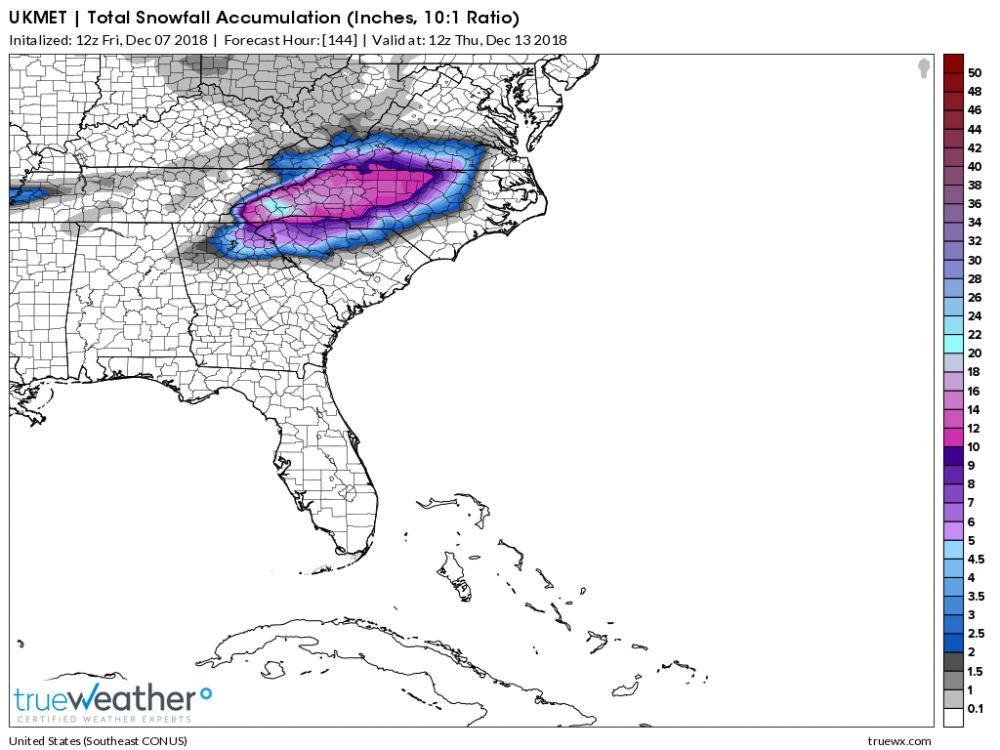Jessy89
Member
If you remember when he was at fox Carolina. He was really accurate and more times then not he was right. I stopped watching Fox Carolina when he leftHe thinks this CAD is strong enough to keep warm air intrusion at bay for much of the event







